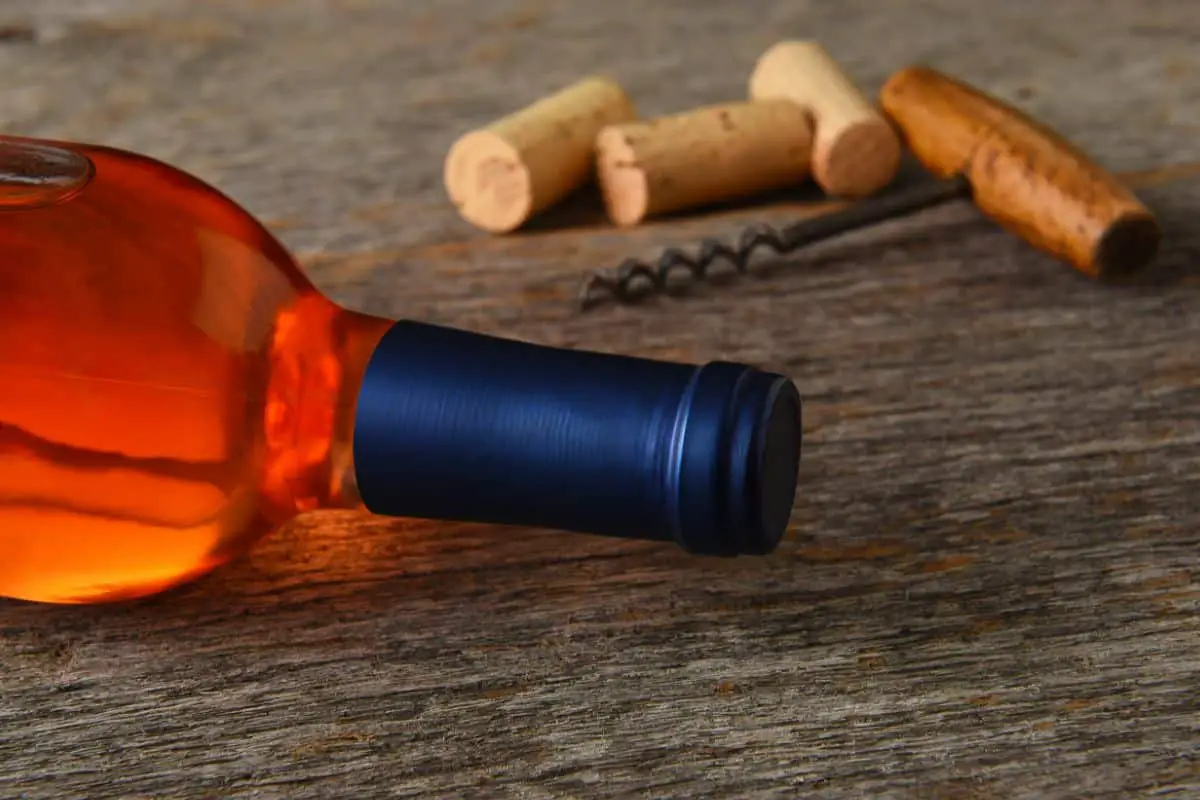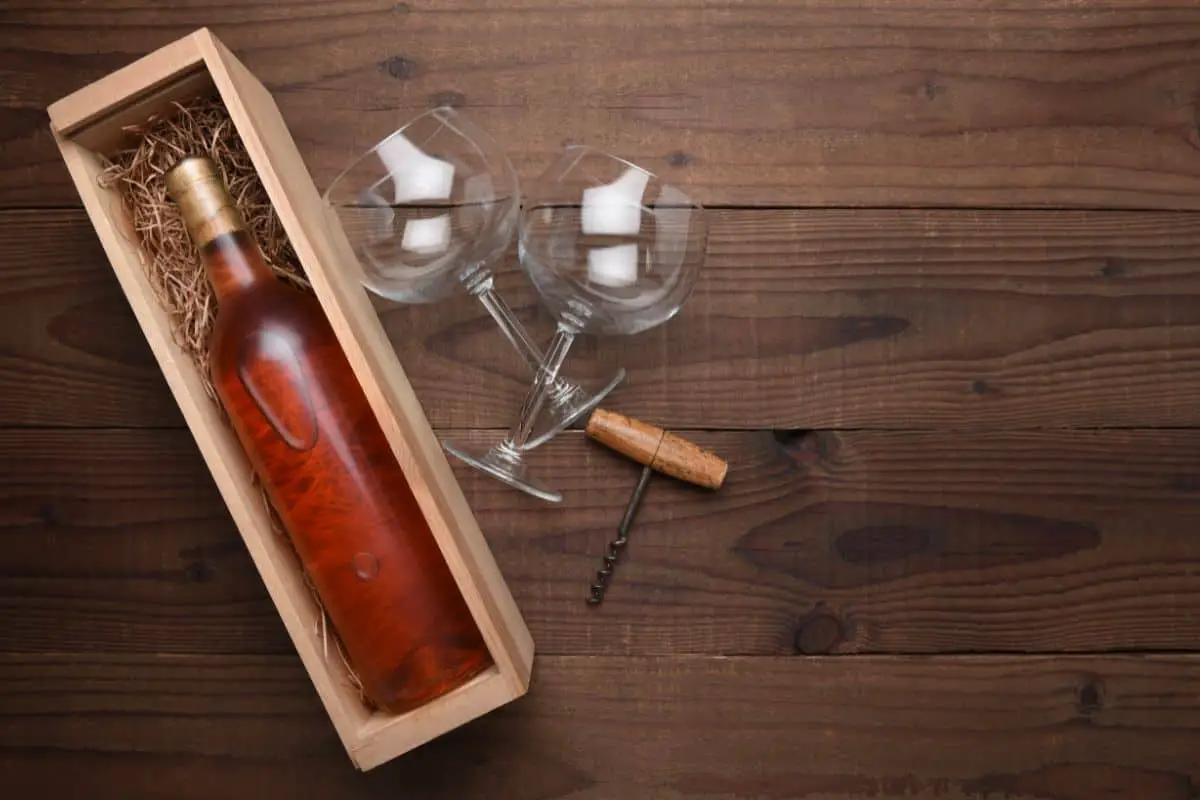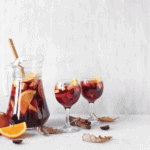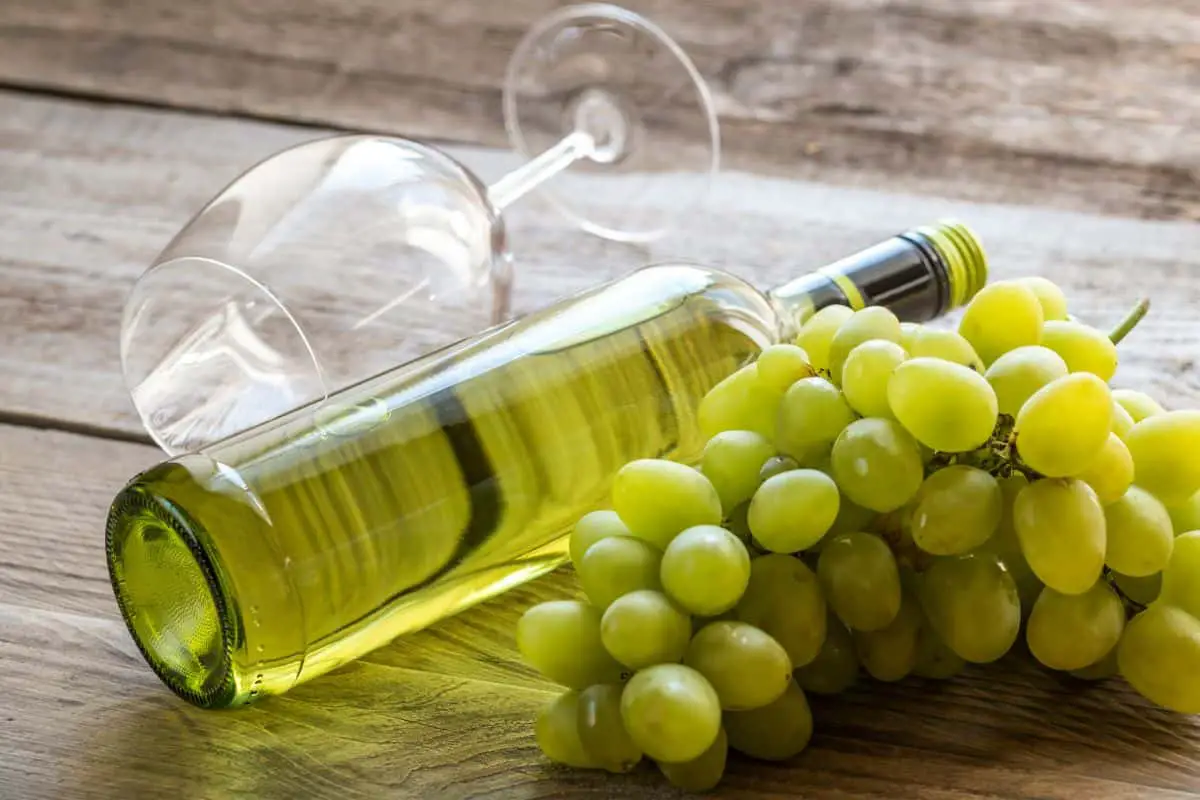Over recent years the White Zinfandel has become a wine with something of a mixed reputation.
For some, the cheerful pink drink is a fruity wine that’s ideal for easy drinking. For others, the high sugar content masks any interesting flavors.

White Zinfandel is traditionally sweet, although some dry varieties are quickly gaining popularity.
A flavor profile that’s rich with fruit enhances the sweet effect, making White Zinfandel a rosé with wide appeal.
How the Zinfandel grapes are fermented, and when the process is halted, will determine just how sweet a White Zinfandel is.
Find out more with our guide to this popular brunch beverage.
What Is White Zinfandel?
The first thing anyone needs to know about White Zinfandel is that it’s actually not a white wine — it’s a rosé.
Typically a delicate pink, White Zinfandel is a popular choice among brunch-goers, but suffers a bad reputation among wine snobs.
But White Zin, as it’s commonly known, is a wine on the up.
White Zinfandel was actually created by accident.
In California in 1972, the winemakers at Sutter Home Winery were experimenting with Zinfandel, a black grape that’s been cultivated for wine for millennia.
While trying to create a more intense red wine, they accidentally discovered a pink and delicate version of Zinfandel.
This became known as White Zinfandel, and it quickly grew to be one of America’s most popular wines.
Is White Zinfandel Sweet Or Dry?
White Zinfandel is best known as a sweet wine. It’s generally one of the sweeter rosé wines, similar to a White Merlot.
Thanks to its fruity flavor and delicate sweetness, plus a slightly lowered alcohol content, White Zinfandel became a popular choice for new wine drinkers.
However, White Zinfandel can also be a dry wine. To understand why, you need to know what differentiates a dry wine from a sweet wine.
It’s more than just flavor! During the fermentation process, yeast is used to convert the sugar in wine into alcohol.
When there’s less than 1% residual sugar, this is a dry wine.
But if you stop the fermentation process before all the sugar is converted, you can have a sweet, but still alcoholic, drink.
The original White Zinfandel was actually a dry wine. It wasn’t until 1975 that another happy accident created the sweet White Zinfandel.
The Sutter Home Winery experienced a Stuck Fermentation, when yeast dies before it finishes fermentation.
The sweet White Zin it created was easy to drink and cost-effective, so they carried on making it this way.
Although the dry White Zinfandel was quickly eclipsed by the sweet variety, it’s now making something of a comeback.
Dry White Zinfandel has the same fresh fruit taste of the sweet variety, but less syrupy dessert flavor.
Despite the variety, most think of White Zinfandel as a sweet wine.
Is White Zinfandel A Dessert Wine?

White Zinfandel isn’t a dessert wine, despite being sweeter than many other wines.
This is because dessert wines typically have both a high sugar content and a higher alcohol percentage.
While White Zinfandel is often sugary, it has a lower alcohol percentage.
However, the actual classification of dessert wine is a bit complex, and varies from country to country.
In the United States, to be classed as a dessert wine, the drink must have a 14% ABV or higher.
But for many, this definition fails to cover the variety of dessert wines on offer.
So, White Zinfandel isn’t exactly a dessert wine, but as a sweet wine it can be enjoyed in place of the traditional dessert wines.
What Does White Zinfandel Taste Like?
White Zinfandel has a taste dominated by fruit flavors.
Strawberry and melon are strong in the flavor profile, with pear, peach, and pineapple also common tasting notes.
A low acidity level allows the sweetness of White Zinfandel to come through clearly.
White Zinfandel is often a drink that lacks complexity, as the fruit sweetness dominates the palate.
A bad White Zinfandel will often taste cloyingly sweet. Too syrupy to taste anything but sugar.
But a good White Zinfandel will balance the sweetness with a burst of fruit flavor, as the strawberry and melon notes come through fresh.
A dry White Zinfandel has a similar flavor profile, with strawberry and melon both heavy on the palate.
Dry White Zin generally has a sharper taste, with its clarity enhanced by the lack of sugar. Expect a lighter aroma with some floral notes.
White Zinfandel has gained a bad reputation for being all sugar and no taste. But this doesn’t have to be the case.
White Zinfandel can be sweet, dry, or somewhere in between, and a good variety will emphasize fresh and juicy fruit flavors, rather than a strong sugar taste.
What Food Does White Zinfandel Pair With?
White Zinfandel is best paired with hot and spicy food, such as Thai or Indian curries.
The sweet and fruity notes balance the punch of heat, allowing flavors to sparkle.
The refreshing nature of a White Zinfandel is ideal for spice based dishes, and the sweetness sits alongside the sour nature of many Asian meals.
Chicken, pork, and bacon are also good matches for White Zinfandel. Cook with cream, butter, and oil to really make the most of the flavors.
Seafood is another great choice. Try a spicy paella, or keep things simple and serve your White Zin with grilled fish.
And, of course, White Zinfandel is a classic pairing for desserts. Creamy and fruity dishes play with the flavors in the glass.
White Zinfandel can also go well with a cheese board, although stick to soft cheeses for the best match.
Final Thoughts
White Zinfandel might be best known as a sweet wine, but that’s only half the story of this interesting rosé.
Both sweet and dry varieties exist, and while the sweet White Zinfandel is traditionally more popular, the dry White Zin is rapidly gaining fans.
No matter what the sugar level is, White Zinfandel is a wine with fresh fruit flavors, and an ideal pairing for spicy food.
- How to Learn Wine Tasting: Essentials for Beginners - March 10, 2024
- How to Learn to Like Wine: Cultivating an Appreciation for the Vintner’s Art - March 10, 2024
- Thanksgiving Sangria: A Flavorful Twist to Your Holiday Table - August 27, 2023








